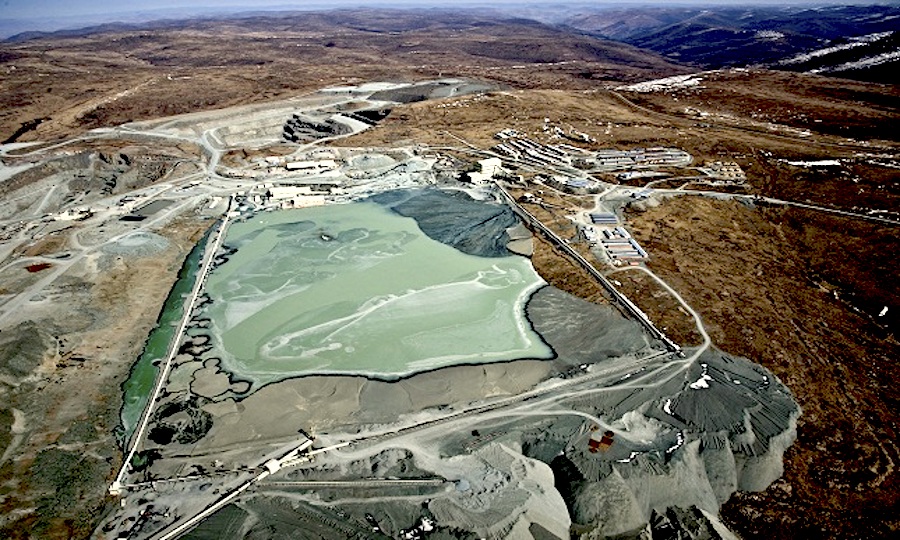Gem Diamonds to restart Letšeng mine

Gem Diamonds (LON:GEMD) said on Friday that the government of Lesotho has allowed it to resume operations at its Letšeng mine, even though the country is in lockdown until May 5.
The Africa-focused diamond producer noted that the mine will reopen on April 27, following a phased ramp-up plan and in compliance with protocols for preventing the spread of covid-19.
Lesotho’s mine will reopen on April 27, following a phased ramp-up plan, in compliance with protocols for preventing the spread of covid-19
To date, Gem Diamonds said in a separate statement, there have been no cases of coronavirus in Lesotho or in any of the company’s international operations.
Despite having cancelled sales owing to covid-19 related travel restrictions, the miner conducted a “flexible” tender process in March, which generated $18.8 million in revenue. This figure was in addition to the quarterly Letšeng small diamond tender that closed on March 18, achieving $7.8 million, Gem Diamonds said on Tuesday.
Since acquiring Letšeng in 2006, the company has found five of the 20 largest white gem quality diamonds ever recovered, which makes the mine the world’s highest dollar per carat kimberlite diamond operation.
At an average elevation of 3,100 metres (10,000 feet) above sea level, Letšeng is also one of the world’s highest diamond mines.
Diamond market struggles
Diamond miners are struggling across the board, especially those producing cheaper and smaller stones, where there is an oversupply.
De Beers, the world’s largest diamond miner by value, cut 2020 production guidance by a fifth on Thursday, as the coronavirus pandemic has brought the global supply chain to a halt, affecting demand.
The announcement came only hours after Dominion Diamond Mines, the Canadian miner that sold its luxury division Harry Winston in 2013, filed for insolvency protection.
“While some rough diamond trading has taken place in recent weeks, the relative volume of transactions has been minimal due to the travel restrictions, and ultimately a lack of downstream demand as closed jewellers have no need to replenish inventory,” diamond analyst Paul Zimnisky said earlier this week.
“Typically in a crisis environment diamond trading liquidity dries up, however, now the circumstances are especially severe due to the unique nature of an acute concurrent demand and supply shock,” he noted.
More News
{{ commodity.name }}
{{ post.title }}
{{ post.date }}

Comments